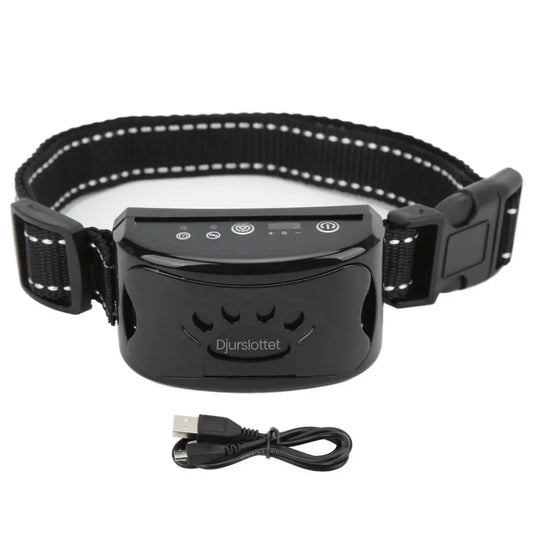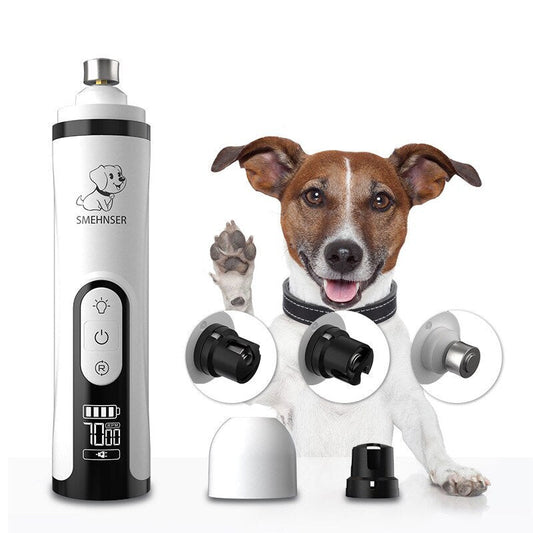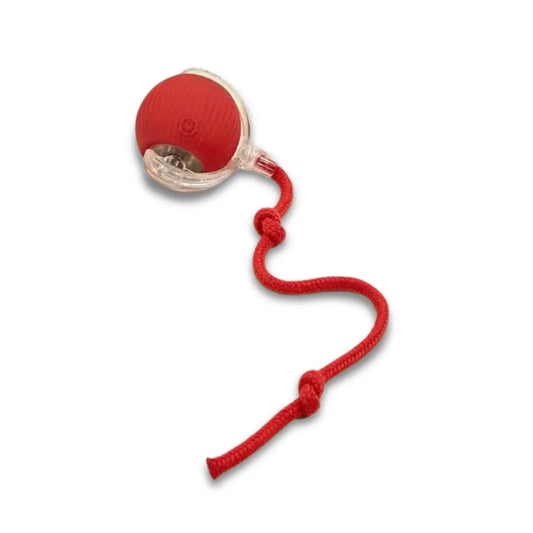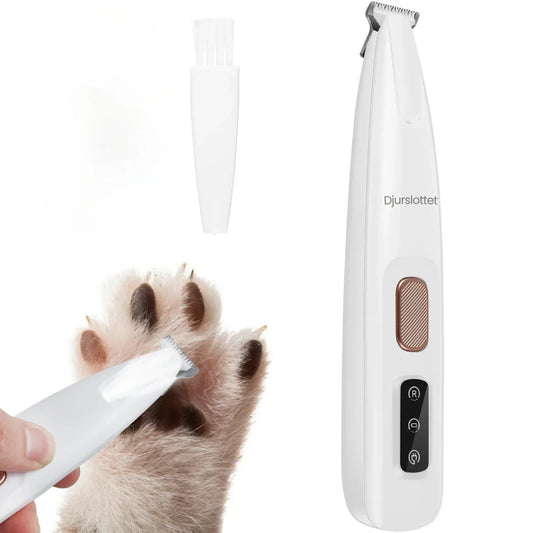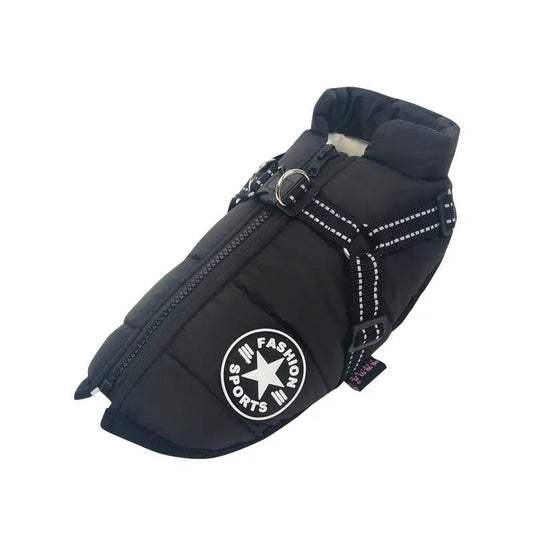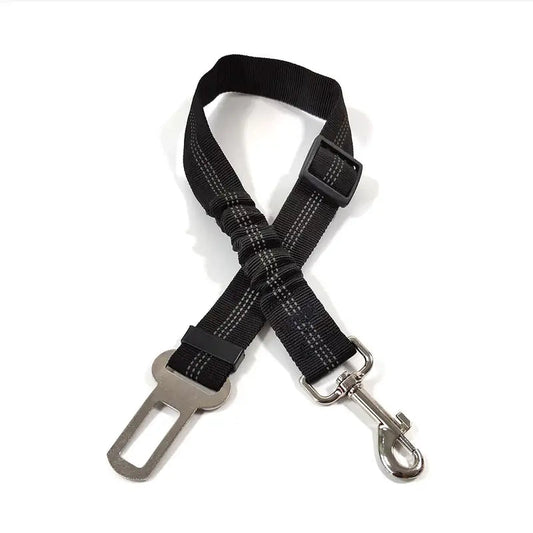
This is how you can have a safer and more enjoyable run with your dog
Running with your dog is a great way to both get exercise and strengthen your bond with your four-legged friend . But many dog owners find it difficult to achieve a comfortable and safe run – especially if the dog pulls on the leash or if you need to hold other things at the same time .
Dr. Hanna Eriksson, a licensed veterinarian and dog trainer with over 15 years of experience in active lifestyles with dogs , explains how the right equipment and training can make a big difference. In this guide , you 'll learn what it takes to run safely with your dog – and how to avoid unnecessary shoulder jerks or tangles with the leash .
Why hands- free makes a difference
Holding on to a leash while running can cause tension in the shoulders and arms and negatively affect running technique .
According to experts at Yokufit Running Dogs , who specialize in dog running , the risk of overuse injuries increases when using a traditional hand-held leash while running . A hands-free leash that attaches around your waist gives you the freedom to move naturally and maintain better balance .
Elastic leashes protect both you and your dog
Dr. Hanna Eriksson explains:
" Dogs react quickly to their surroundings. An elastic leash that absorbs shock can prevent both joint damage in the dog and overload in the owner."
According to an article from PetMD Elastic bungee leashes are recommended especially for active dogs, as they reduce the heavy strain during sudden stops or starts.
Reflectors save lives at dawn and dusk
Many people are out running early in the morning or late at night. It is crucial that both you and your dog are clearly visible .
According to VCA Animal Hospitals The risk of accidents is significantly reduced when reflective details are used. Combine a reflective leash with a reflective vest to make you and your dog visible from all directions .
Tips for safe running with your dog
1. Always use a harness, not a collar
The harness distributes pressure across the chest and reduces the risk of injury, especially when running.
2. Practice walking discipline before running
As dog trainer Anders Hallgren expresses it:
" A dog that pulls during walks will pull even more as the pace increases."
3. Avoid flexi leashes
Flexi leashes don't provide the same control and can get tangled in legs , bikes or other dogs . Choose a fixed or elastic leash with adjustable length.
Frequently Asked Questions ( FAQ)
How far can I run with my dog?
According to Dr. Sarah Wooten, a veterinarian at Pumpkin Pet Insurance , you should start with short distances and gradually increase. A dog in good condition can run 5–10 km depending on the breed and temperature.
Can all dogs run?
No. Puppies, older dogs and flat- nosed breeds such as pugs should avoid prolonged running. Always consult a veterinarian.
What do I do if my dog pulls a lot?
Stop, wait until the dog calms down and reward calm behavior. Practice at a walking pace first before starting to jog.
Product recommendation: FreeRun Pro Training Leash with Waist Bag
For those of you who want to run smoothly and safely with your dog, we recommend the FreeRun Pro Training Leash with Waist Bag .
This leash is designed with:
Elastic bungee section which dampens jerks
Reflective details for visibility in the dark
Waterproof waist belt with pockets and bottle holder
Adjustable fit ( waist 84–122 cm )
Click on the image below to see more about the FreeRun Pro Training Leash with Waist Bag :



